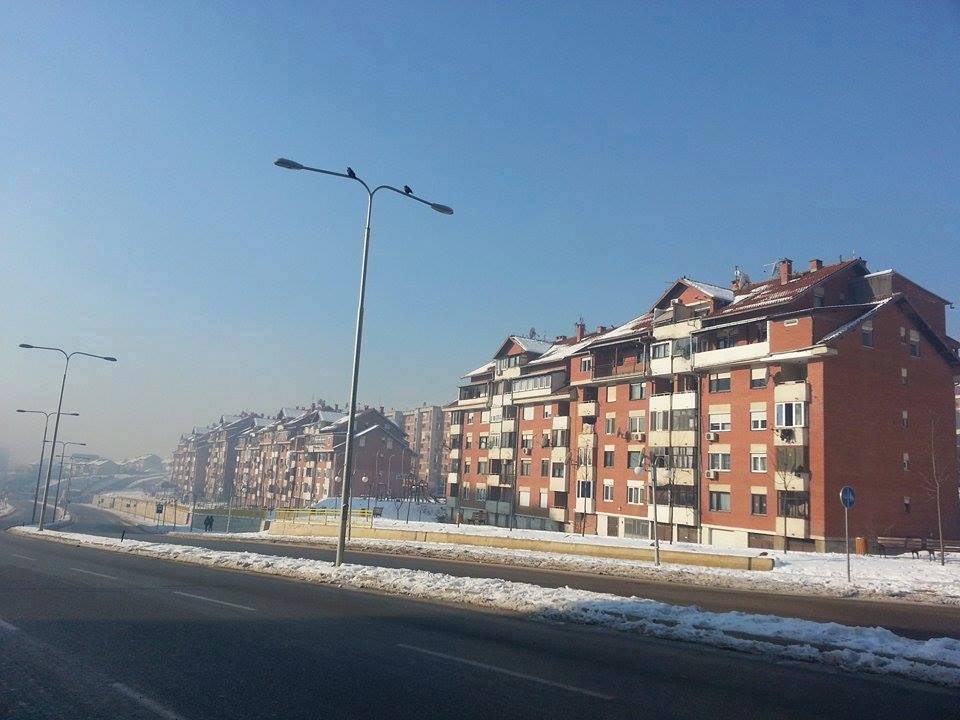


To use the space responsibly, to bring something new each year, and to distinguish a city from a village, in addition to the ideas for building one-storey houses, new models arise for the construction of residential buildings.
The value of this idea is increasing more and more, because more and more apartments are being built that are modeled towards new residents. As a basis for this idea come many models of creating municipal settlements.
This structure of living applies all over the world.
it is said that in our country buildings weren’t common until late.
Around the years 1982-1983, in need of expansion of urban areas, a new neighborhood was created in the capital of an autonomous province.
This province was Kosovo with Prishtina as its capital. This neighborhood was named Sunny Hill.
The communist regime in the Yugoslav Federation had an urban plan at the time where the construction structure of these facilities dedicated to workers would meet all the needs of the residents.
“They planned the building of these apartments well. They have left space for greenery, and less space for parking since back then there weren’t as many cars around.
They were careful not build in places where there is no possibility of repair or construction”- says Fitnete Gorqaj, resident in these buildings for 20 years.
The construction of these buildings was well-planned. The institutions that the citizens need, such as the schools, the family medicine centers, the markets, were built around the residential areas.
Despite the age and the change of construction by the residents themselves, these buildings continue to be strong. “There have been many earthquakes, there have even been floods, and even the residents changing them as they wished, these dwellings are still strong.
This is all thanks to the material used to build them”, says Fitnetja. Seeing the age of these dwellings and the continuous increase of the population, as well as the displacement of the population from other areas to the capital, the construction of new facilities slowly started with the aim of adding new inhabitants to the capital.
The new buildings were not focused on the urban plan. The new building companies were less invested on the quality of the construction, and more on the quantity.
Behind the “Red buildings”, as this area is known in this neighborhood, a large influx of construction is seen. This influx has slightly choked this area.
Compared to old construction, these new ones have the advantage of being “fresh”, more secure for cars, possessing garages in basements, and have at least some heating during the winter. This is what Bajram Hasani, a resident who has been living in the new apartments for 3 years, says. ‘
“When I bought this apartment, there were no more than 2-3 other buildings like this. All of a sudden, they multiplied like mushrooms in a very short time,” he said.
He is not happy with the urban plan at all. Other residents of this new area have also shown their dislike for this urban plan. “They are building in very close proximity to one-another and the road, the infrastructure is very poor,” said Mr. Hasani.
Compared to the old buildings that were all well-planned, these new ones seem to have cast doubt on the residents themselves for the quality of the construction.
Another complaint that the residents of these new buildings have is that the construction has been done too close to the road, breaking the law of 8 meters’ distance minimum.
Not all new buildings in the neighborhood are in this condition. Facing the red buildings, a builder has tried to copy the style of the old constructions, but even an amateur eye can tell the difference between them.